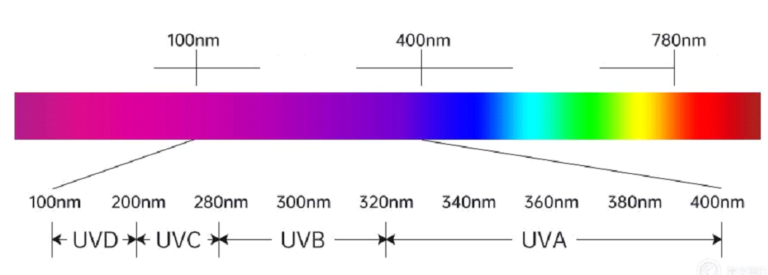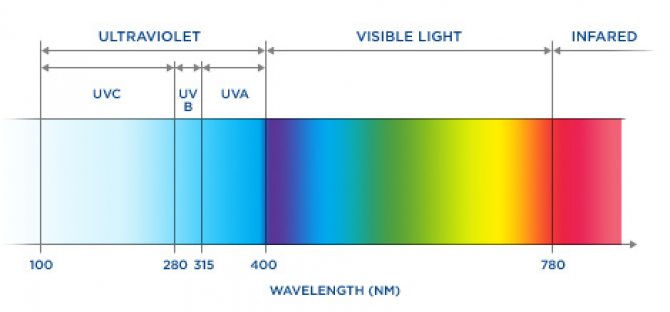

Using UVC light-emitting diodes at wavelengths of 266 to 279 nanometers to inactivate foodborne pathogens and pasteurize sliced cheese. Available online: (accessed on 25 July 2021). Safety of UV-treated milk as a novel food pursuant to Regulation (EC) No 258/97.


Mapping trends in novel and emerging food processing technologies around the world. Available online: (accessed on 10 June 2021).

Quanto-Geometry-Vol II-Chapter 8: A Quantum Optics Deconstruction of Maxwell’s Theory of Electromagnetism and the Kinetic Theory. Shedding new light on UV radiation and pulsed light processing. Investigate the efficacy of UV pretreatment on thermal inactivation of Bacillus subtilis spores in different types of milk. Ultraviolet radiation: An interesting technology to preserve quality and safety of milk and dairy foods. Available online: (accessed on 15 June 2021). In Technological Approaches for Novel Applications in Dairy Processing InTechOpen: London, UK, 2018. Ultraviolet light applications in dairy processing. Emerging Dairy Processing Technologies: Opportunities for the Dairy Industry Wiley-Blackwell: Hoboken, NJ, USA, 2015. It would be of great importance to investigate the impact of this treatment on foods in terms of nutritive value as well bioavailability of nutrients. Currently, this technology is not commonly used in the dairy industry, although it may be in the future and, in order to maximize its impact on foodborne pathogens and spoilage microflora, the appropriate form of the lamp should be considered in each method. Despite the fact that UV light radiation can inactivate a broad variety of microorganisms, some elements of its usage in food should be examined. Many microorganisms are killed by short-wave UV-C radiation, which can be used to make food items safe. Ultraviolet processing can provide more desirable food items with fresh-like qualities. Nowadays, consumers look for goods that are manufactured in an environmentally friendly manner, so sustainability and environmental issues are becoming highly relevant. The application of UV technology can have many advantages in the dairy industry, including increased shelf life and microbial protection of dairy products, as well as energy savings due to the non-thermal technology. The microbial deactivation can become more efficient through greater penetration of UV light which is possible with the correct UV source. UV has the best germicidal effect when the wavelength is about 254 nm, which mercury vapor lamps emit. UVA (315–400 nm), UVB (280–315 nm), UVC (200–280 nm), and vacuum-UV (100–200 nm) are the four major forms of UV rays produced by ultraviolet light with wavelengths between 100 and 400 nm as shown in Figure 1. Ultraviolet radiation is a non-ionizing source of invisible light that exists between visible light and X-rays in the electromagnetic spectrum (EM). The alternative UV radiations can be emitted from tanning beds, mercury vapor lamps, selected halogens, fluorescents, incandescent lights, and some types of lasers. The Sun is the primary source of Ultraviolet light, which radiates light at several different wavelengths. Non-thermal technologies, i.e., microfiltration, UV light processing, pulsed light, high hydrostatic pressure, high-pressure homogenization, pulsed electric fields, ohmic and microwave heating, and carbon dioxide processing, have recently been implemented as an alternative to thermal treatment and have piqued public interest as a means of avoiding nutrient damage that would otherwise occur during food heat processing.


 0 kommentar(er)
0 kommentar(er)
